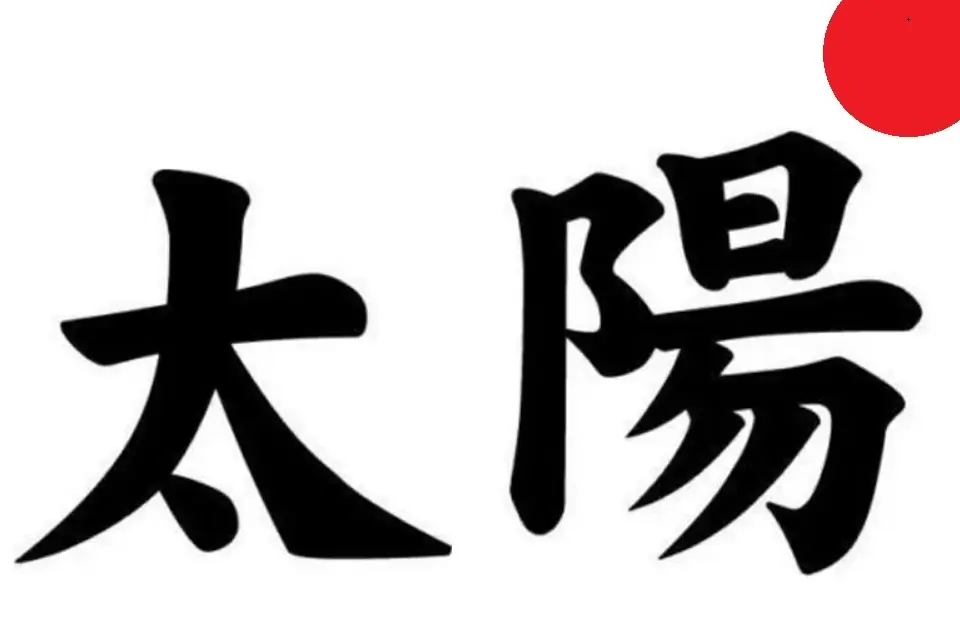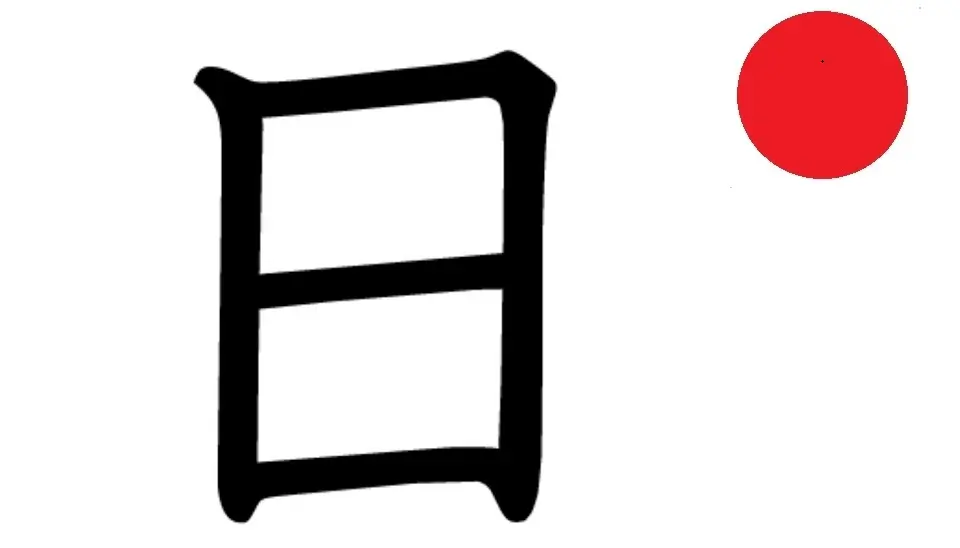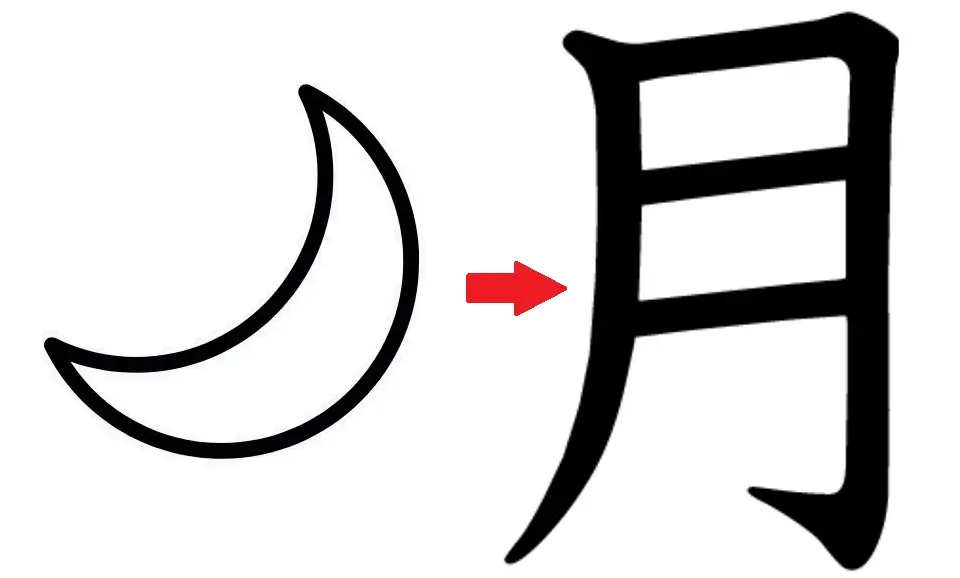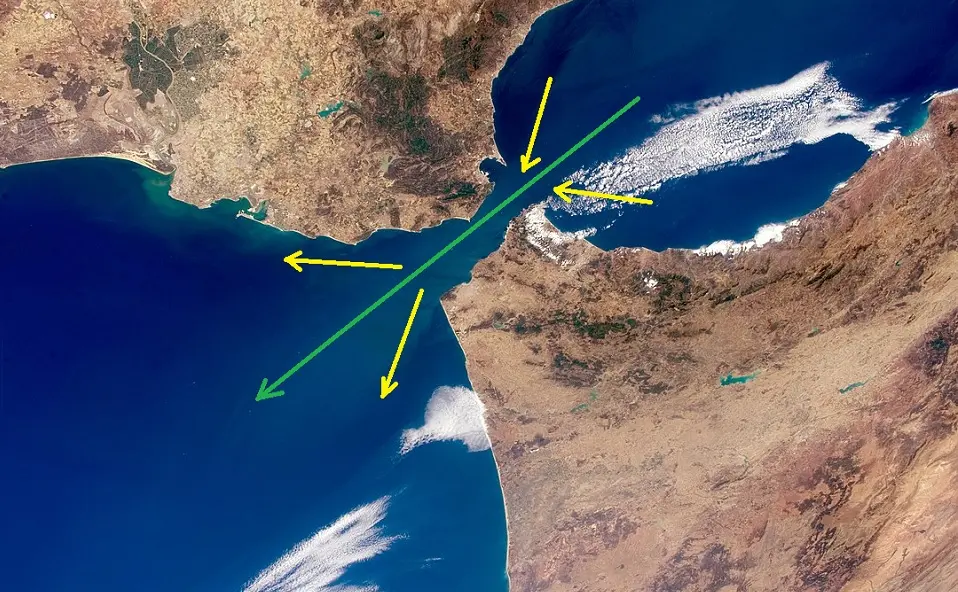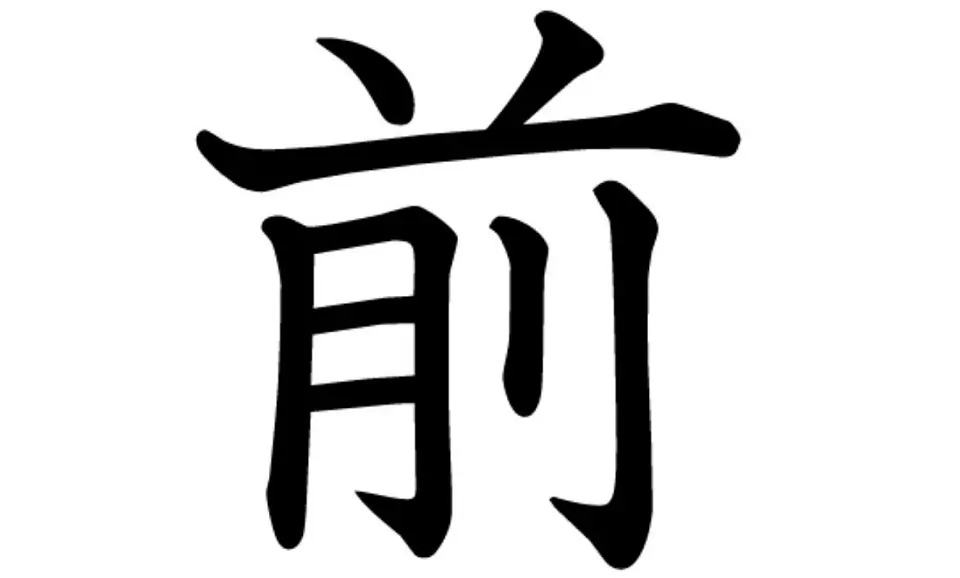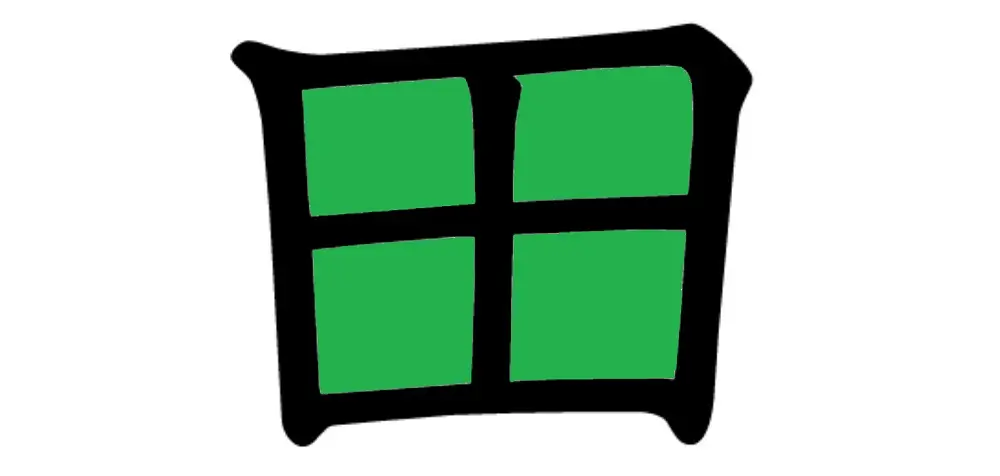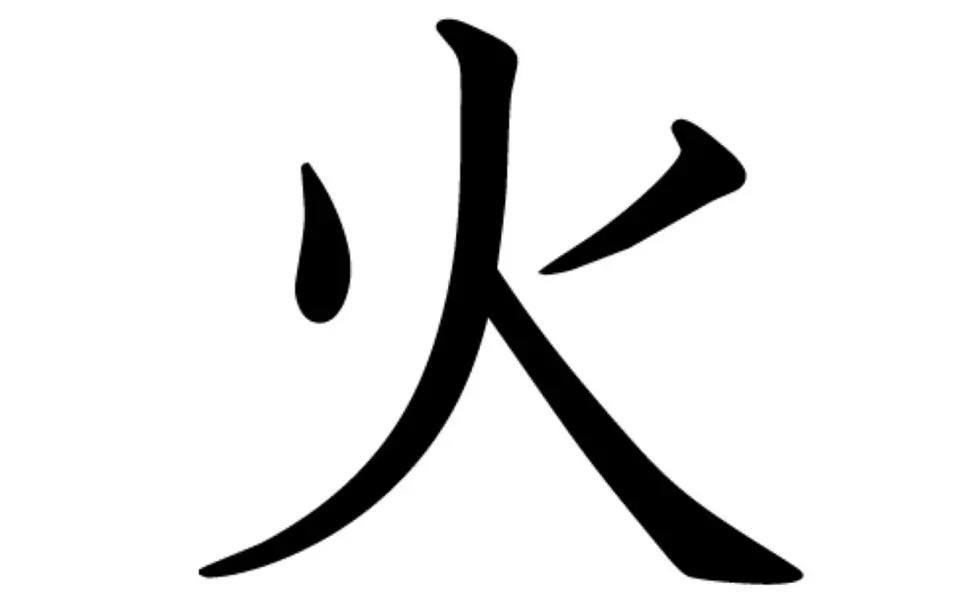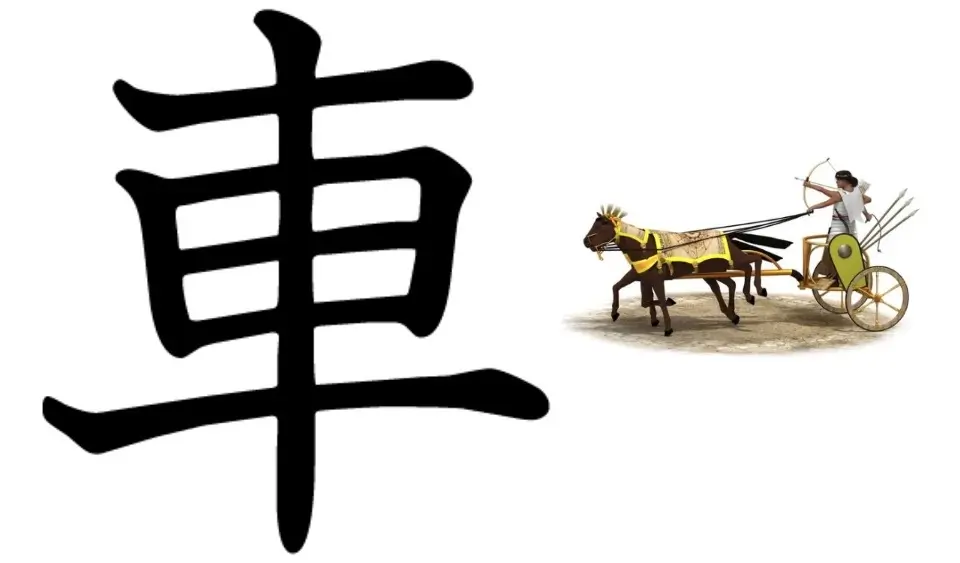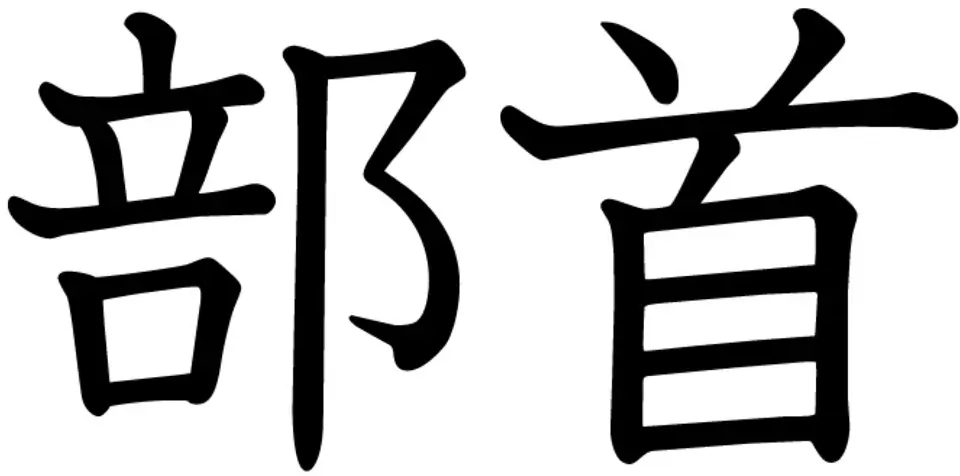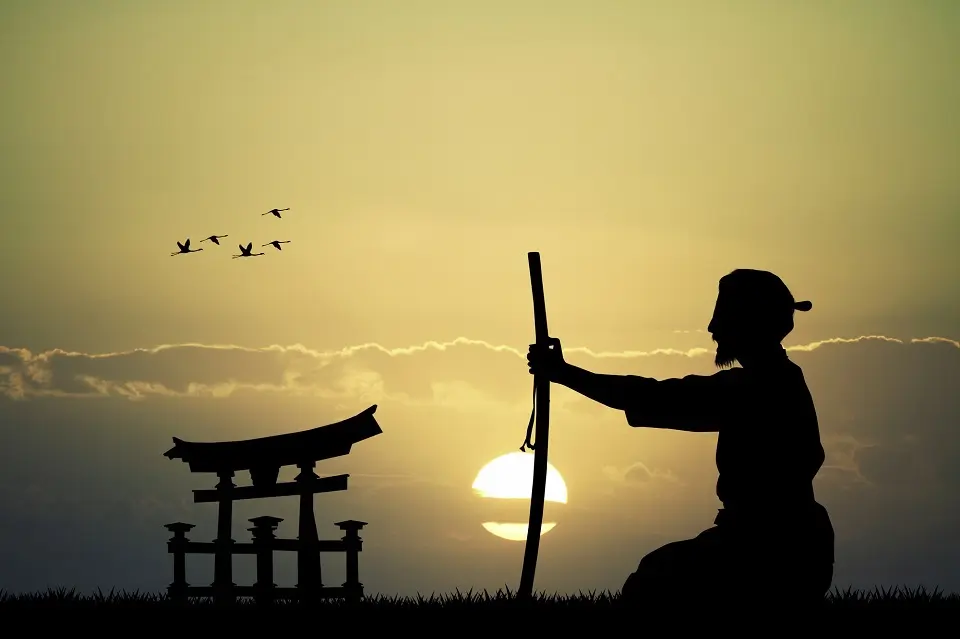Kanji for Sun as a Celestial Body: 太陽 (Taiyō)
The Sun in Japanese is also called Taiyō, which represents the sun more formally and scientifically, and the Kanji for Taiyō is 太陽. Difference between the two Kanjis of the Sun: 日 (Hi) and 太陽 (Taiyō) Both 太陽 and the sun’s Kanji 日 can refer to the sun, but they are used differently based on context and connotation. 太陽 (taiyō)
Continue reading
